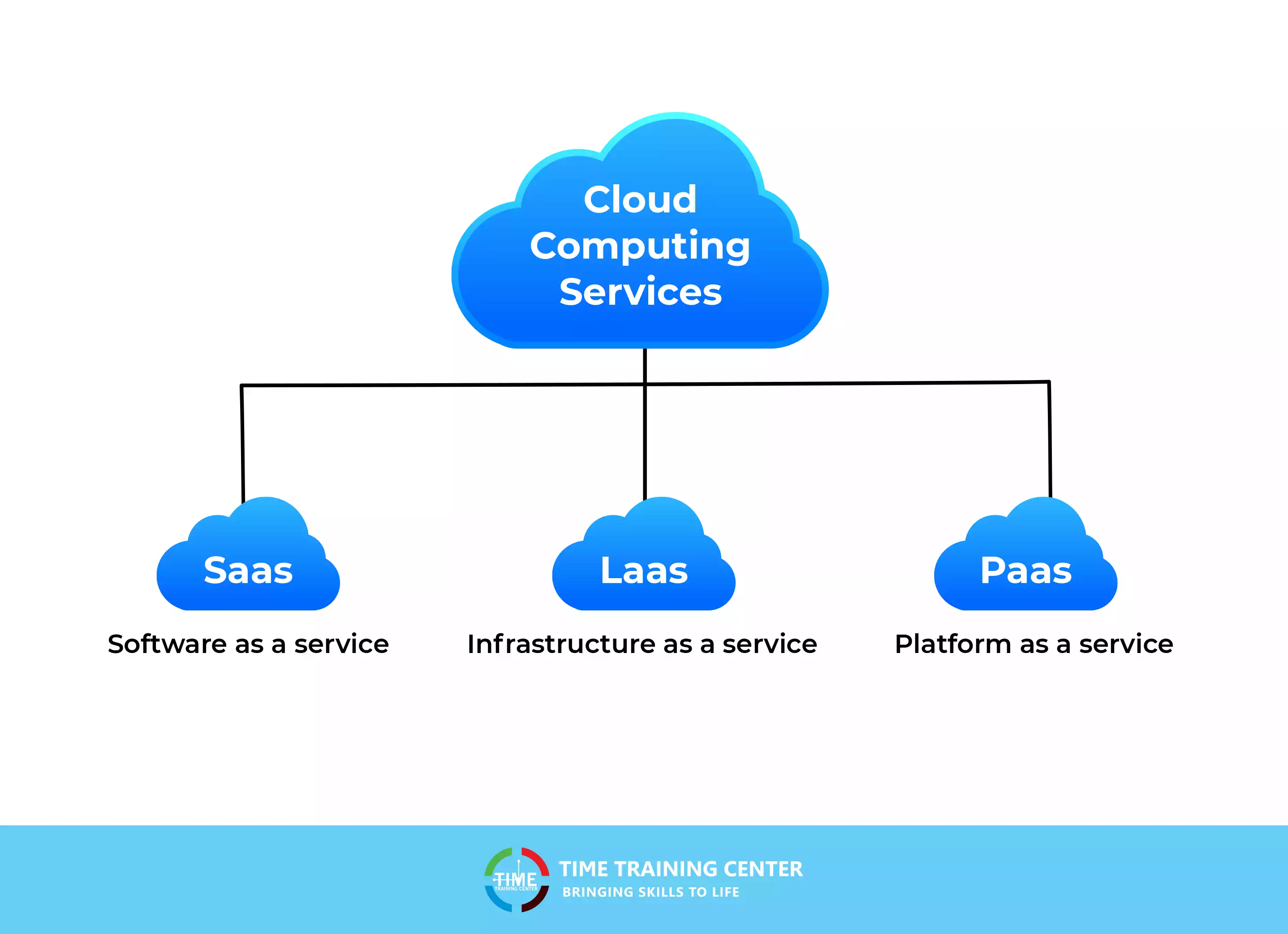Stay Updated with the Cloud Services Press Release: Fads and Developments
Wiki Article
Achieve Seamless Scalability With Cloud Provider
In the ever-evolving landscape of cloud services, achieving smooth scalability stands as a cornerstone for modern businesses seeking to stay competitive and versatile. The capacity to easily increase or acquire resources in reaction to altering demands is an essential advantage in today's fast-paced electronic atmosphere. By grasping the art of scalable cloud remedies, companies can not just enhance efficiency and improve operations but likewise pave the method for future growth and development. The quest for seamless scalability with cloud services unveils a globe of opportunities for those eager to embrace the transformative power of vibrant resource management.Benefits of Cloud Scalability
Cloud scalability uses organizations the adaptability to dynamically adjust resources based upon demand, making certain optimum efficiency and price effectiveness. One key benefit is the capacity to range sources up or down swiftly in action to varying work. This dexterity allows organizations to satisfy transforming customer demands without over-provisioning sources, eventually causing cost financial savings. Scalability likewise boosts efficiency by ensuring that systems can manage enhanced traffic or work without experiencing downtime or stagnations. By efficiently allocating resources, organizations can maintain high degrees of performance during peak times without unneeded costs during quieter periods. Additionally, cloud scalability promotes advancement and trial and error by permitting services to easily test originalities and scale them as required. This adaptability urges a society of continual renovation and adaptation, allowing companies to stay affordable in a quickly evolving market landscape. Eventually, the advantages of cloud scalability extend past price financial savings to encompass improved performance, agility, and innovation.Trick Features for Scaling
Reliable scaling in cloud solutions relies on essential features that enable organizations to adjust resources dynamically based on demand. An additional vital feature is scalability, enabling systems to deal with increased work by adding resources seamlessly. On the whole, these vital features collectively empower companies to accomplish seamless scalability in cloud solutions.Applying Auto-Scaling Approaches
To successfully optimize resource allocation and adjust to varying workloads, companies must tactically apply auto-scaling strategies in their cloud solutions facilities. Auto-scaling allows systems to instantly change the number of compute sources based on real-time need. There are numerous auto-scaling techniques that organizations can utilize, such as predictive scaling, which makes use of historical information to forecast future source requirements, and responsive scaling, which replies to current work changes.
Ideal Practices for Scalability
For companies aiming to enhance their scalability in cloud solutions, carrying out best techniques is crucial for optimum performance and source administration. One trick ideal method is designing applications with a microservices design. This approach breaks down applications right into smaller, independent solutions that can be deployed, updated, and scaled separately, permitting greater adaptability and scalability.One more vital method is making use of containerization innovation, such as Docker or Kubernetes. Containers enable the product packaging of applications and their dependences into separated units, making it much easier to scale elements independently and release them regularly across different atmospheres.
In addition, implementing automated release and facilities as code (IaC) can simplify scalability efforts (linkdaddy cloud services). Automation devices like Terraform or Ansible assistance in provisioning and taking care of resources effectively, reducing manual mistakes and making it possible for rapid scalability
In addition, monitoring performance metrics, establishing alerts, and carrying out normal ability planning are crucial practices to make sure aggressive scalability administration. By sticking to these ideal techniques, organizations can attain seamless scalability in their cloud services while optimizing performance and source utilization.
Monitoring Performance Metrics
When examining the performance of cloud solutions browse around this web-site scalability, carefully monitoring performance metrics is important for making sure ideal performance and source allowance. By constantly tracking essential performance signs (KPIs) such as feedback times, latency, source, and throughput use, organizations can gain beneficial understandings right into the health and wellness and efficiency of their cloud framework. Keeping track of efficiency metrics permits the early discovery of possible traffic jams or issues that can affect scalability, enabling positive steps to be required to address them prior to they intensify.

Verdict
In conclusion, attaining smooth scalability with cloud services is vital for companies to maximize efficiency, enhance innovation, and maintain high performance levels throughout peak times. By leveraging the benefits of cloud scalability, executing auto-scaling strategies, making use of crucial functions such as elasticity and automation, and following best practices like application design and efficiency tracking, businesses can efficiently scale their systems while making the most of resource utilization and efficiency.The quest for seamless scalability with cloud services reveals a globe of opportunities for those ready to embrace the transformative power of vibrant resource administration.
Cloud scalability uses organizations the versatility to Click This Link dynamically adjust sources based on demand, making sure optimal performance and price effectiveness. An additional crucial feature is scalability, allowing systems to handle raised workload by including sources effortlessly.For organizations intending to enhance their scalability in cloud services, carrying out best methods is essential for optimum performance and source monitoring.When evaluating the effectiveness of cloud services scalability, very closely keeping track of efficiency metrics is necessary for guaranteeing optimum capability and resource allowance.
Report this wiki page